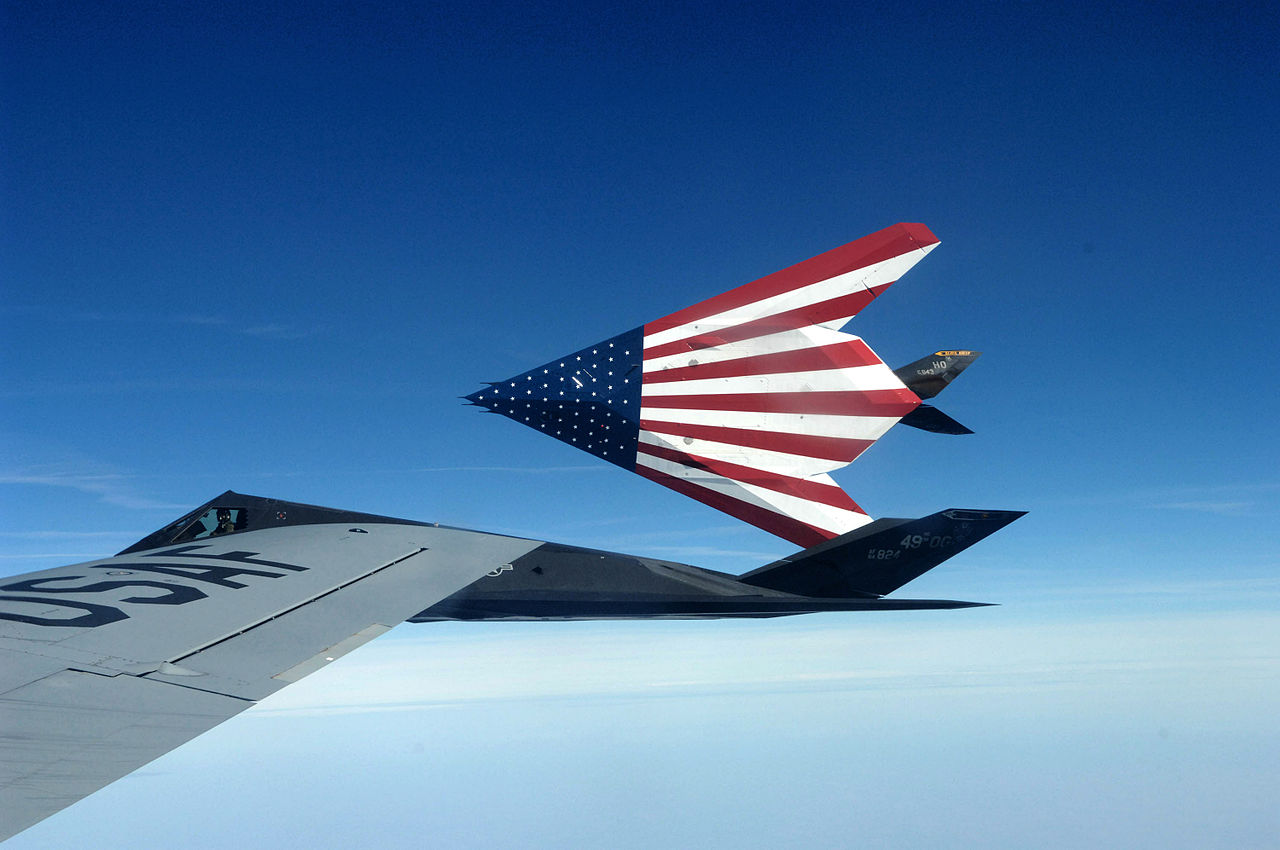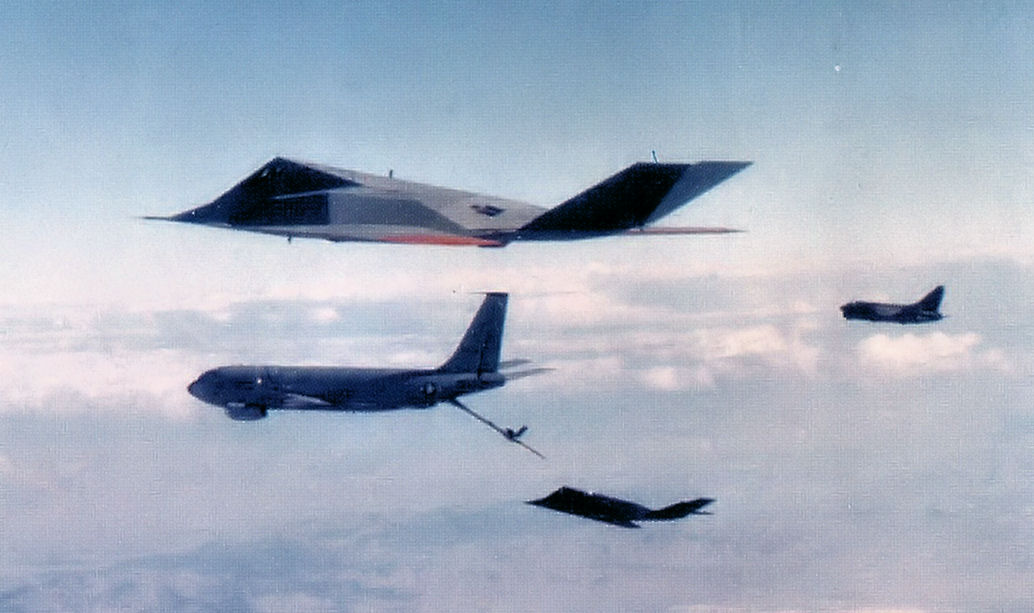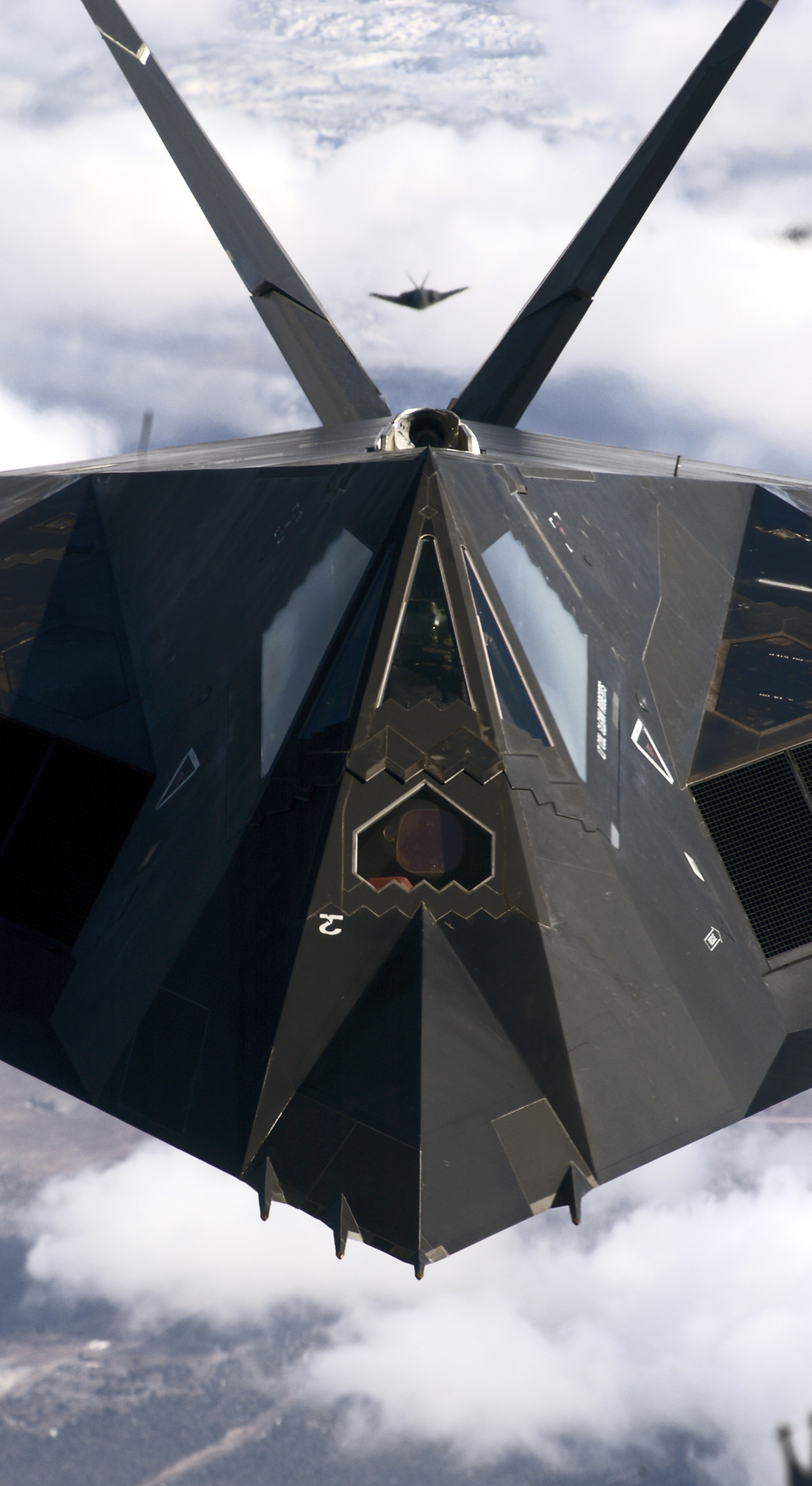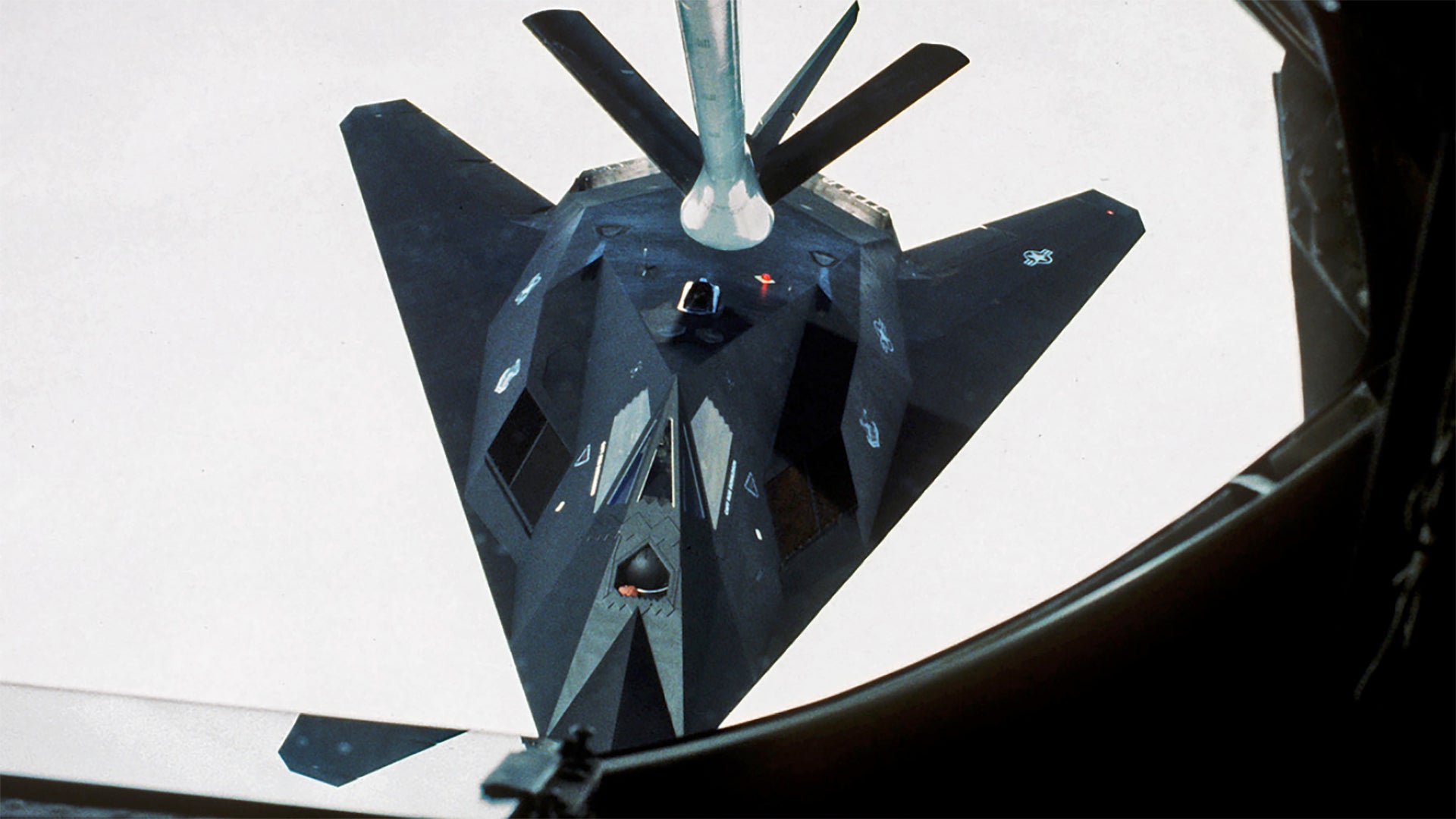The Air Force’s Air Mobility Command (AMC) has issued a formal order that all KC-135 Stratotankers are now cleared to execute aerial refueling operations with F-117 Nighthawks. The order is quite the ‘back to the future’ directive as the F-117 was first cleared for aerial refueling operations in the mid-1980s and has been officially retired for 13 years now, although this really isn’t the case for a number of the remaining ‘Black Jets.’
This new unclassified order, which is titled “Air Refueling Operations Approval for KC-135 and F-117 Aircraft,” states, in part:
“HQ AMC/A3V FCIF 21-01-01. This FCIF is approved for release by Maj Gen Joel. D Jackson and applies to all KC-135 units. Retain until rescinded… KC-135s are approved to conduct air refueling operations with the F-117. With no current Standard Related Documents (SRD) guidance available, previous air refueling procedures and the existing F-117 TCA are to this FCIF… Block 45 equipped KC-135s will not refuel with the autopilot engaged… KC-135 crews will review the attached documents prior to flying operations and be familiar with all general information, notes, cautions, and warnings applicable to air refueling F-117s…”

It is signed by Air Force Major General Joel D. Jackson, the Director of Operations, Strategic Deterrence, and Nuclear Integration, at Headquarters, Air Mobility Command, and has been confirmed as authentic by multiple sources. The now-approved Flight Crew Information File (FCIF), which appears to be dated January 1, 2021, came from Air Mobility Command’s Directorate of Operations, Aircrew Standardization, and Evaluation, or A3V.
This serves as additional evidence that the F-117’s post-retirement operations are becoming more widespread and far less reclusive in nature. The F-117s, some of which have remained flying for the vast majority of the type’s official retirement, at least to a limited degree, have drastically expanded their operational footprint in recent years and are now actively acting in the operational test and development support role and as stealthy dissimilar aggressors. Once bound to their original home at the remote Tonopah Test Range Airport (TTR), the F-117s have ventured increasingly further from it to higher-profile locations, especially in recent months. Now they are even forward deploying to operational airbases in order to support things like carrier strike group work-ups. The F-117s have also even been calling on Nellis Air Force Base in broad daylight as their use as stealth aggressors have broadened, with the type even playing a major role in recent Red Flag international air combat exercises.
After the type’s formal retirement, the super-shy pocket force of F-117s was relegated to tanking from a small fleet of test tankers based out of Edwards Air Force Base and KC-10 tankers from Travis Air Force Base that support clandestine flight testing regularly, going by the callsign Sierra 99. In more recent years, KC-135s that go by the callsign Sierra 98 have also taken up this mission, which usually occurs over or near the expansive and desolate Nevada Test and Training Range (NTTR).
Making it so any KC-135 can refuel the F-117s will allow them to more easily be integrated into large force employment (LFE) exercises and major training cycles. It also means they will be able to more easily travel much farther from home. As such, it is possible we could see an east coast detachment of F-117s in the not so distant future in order to support an exercise or training evolution with their stealthy characteristics.

Acting in a stealthy aggressor role, they will help bridge the gap until the services stand up low-observable aggressor forces, whether that be with 5th generation F-35s, which will be arriving to take up this role at Nellis in the near future, or stealthy unmanned aircraft.
Regardless, it is absolutely amazing that after 13 years of officially being in mothballs, the Nighthawk force, which amounts to around 45 jets in total, most of which remain partially disassembled in storage at Tonopah, is now significantly expanding its operations. With Red Flag underway right now at Nellis, we may see the F-117s pop up once again towards the end of the big exercise. And this time they can suckle from a standard KC-135R, like the rest of the aggressor force.

Contact the author: Tyler@thedrive.com
